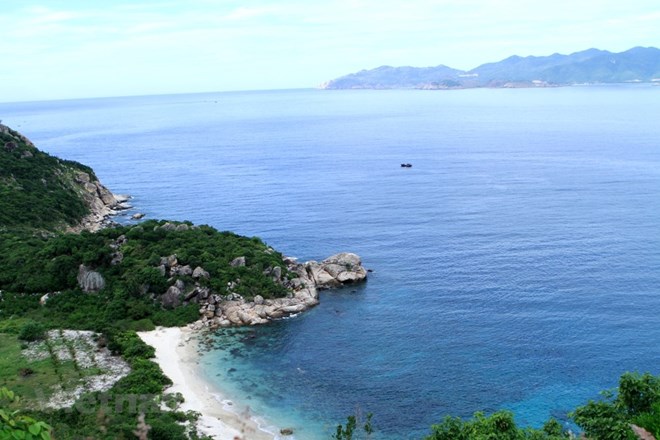


An extravaganza of activities is scheduled for the year, including an opening
ceremony, sea festival week, beer festival, Miss Universe and Hong Kong-Nha
Trang yatch race.
Fifteen cities and provinces nationwide have confirmed to join the year.
The Department of Culture and Sports of Khanh Hoa province is responsible for
organising a ceremony to announce the Visit Vietnam Year 2019 and welcome New
Year 2019 on December 31, and the closing ceremony.
It is assigned to make preparations for the event’s logos, while joining hands
with the Departments of Tourism and Information and Communications to choose
images for Nha Trang-Khanh Hoa tourism.
Also, the department will upgrade its website nhatrang-travel.com to popularise
the Visit Vietnam Year 2019.
According to the provincial Department of Tourism, number of tourist arrivals
to the locality has increased substantially in the past years. The province
welcomed 2.3 million visitors in 2012, and the figure rose to 5.5 million
people five years later. In the first nine months of this year, more than 5
millions chose Khanh Hoa to spend their holidays, including 1.7 million
foreigners and up more than 116 percent as compared to the same time in 2017.
Khanh Hoa is the only Vietnamese locality that has hosted the Sea Festival
every two years since 2003, which has drawn a large number of visitors.
Boasting 180 kilometres of coastline, stunning natural landscapes with Van
Phong, Nha Trang and Cam Ranh bays listed as the world’s most beautiful bays,
together with many exciting festivals such as Ponagar Temple festival, whale
worshipping festival, and Salanganes Festival, Khanh Hoa province poses huge
potential to develop tourism.
Since 2006, Khanh Hoa province has hosted many large-scale beauty contests,
including Miss Vietnam World, Miss Vietnam, Miss Earth, and Miss Universe
Vietnam.
Currently, the locality has 680 accommodation facilities, with 31,700
rooms.
The province eyes to welcome 8.5 million tourists, including 3.5 million
foreigners by 2020, and earn 70 trillion VND (2.99 billion USD) in tourism
revenue.
Source: VNA